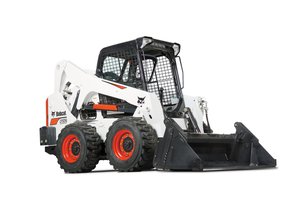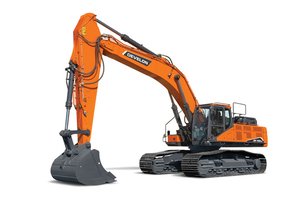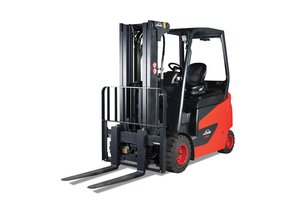Comparing Horizontal Directional Drill vs Trencher for Installing Underground Utilities
April 29, 2022
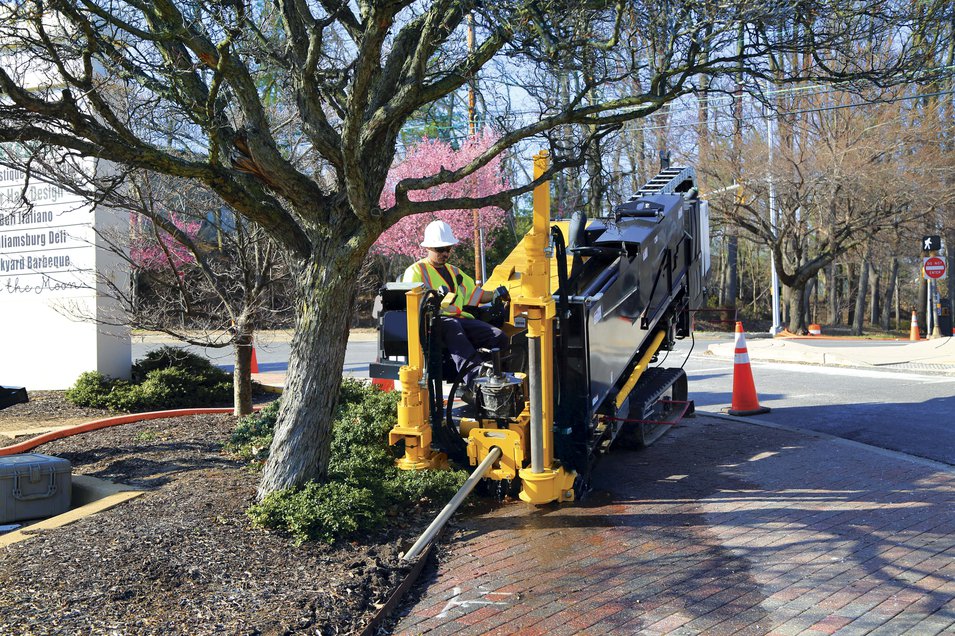
Which is the right equipment for installing utilities for telecom, gas, power, and landscaping applications?
There are two popular technologies for laying down utility pipelines- trenching and horizontal directional drilling. Selecting the right technique for your project can have a direct impact on your bottom-line. Both, trenchers and horizontal directional drills (HDD), offer unique advantages. In this article, we will compare these two types on equipment on factors like job site conditions, budget, pipe size, and project location to help you make an informed decision.
What is Trenching?
Trenching involves using equipment to dig narrow trenches of varying depths for laying pipelines, conduit, or cables. Trenching can be considered as a type of excavation which meets the two conditions mentioned below:
- The trench is generally deeper than it is wide
- The length of the trench exceeds the width
Trenching is a demanding job and needs to be tackled with the right type of trencher. Trenchers come in a variety of sizes ranging from walk-behind pedestrian models, attachments for compact loaders to large-sized heavy equipment models.
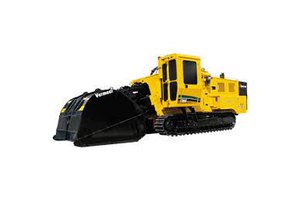
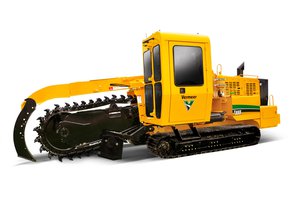
Fuel Capacity: 79.9998 gal
Trench Depth: 48.0 in
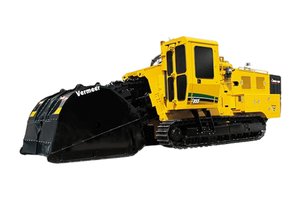
Rated RPM: 2200.0 rpm
What is Horizontal Directional Drilling?
Horizontal Directional Drilling is another method for laying down underground utilities, but it is “trenchless”. It uses a directional drill machine to create a horizontal bore below the ground without having to dig across the soil or landscape. This technique involves drilling non-vertical bores along the chosen path. It is most used to tackle jobs that require installing conduits under obstacles including roads, buildings, and wetlands.
How does a horizontal directional drill work?
A horizontal directional drill consists of a drill head which is electronically wired to transmit data to the operator. Since the operators cannot see what is happening under the ground, they rely on this data to direct the course of the drill. Operators do not need to move with the drill and can move the drill bit along a pre-planned path over great distances.
Horizontal drilling starts with the drill bit entering the entrance pit. The drilling crew can always determine the location of the drill bit using the data and steer it in different directions to drill the desired horizontal bore path. Once the drill bit exits the ground, a reamer is sent down to enlarge the size of the bore so that it can accommodate the conduit. After the bore path is enlarged, the conduit is simply pulled into place by the directional drill rig.
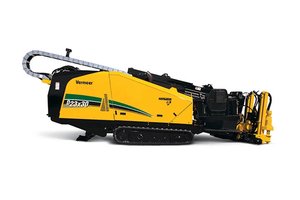
Rated RPM: 2000.0 rpm
Fuel Tank Capacity: 35.0 gal
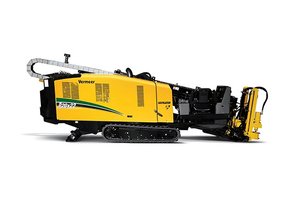
Rated RPM: 2600.0 rpm
Fuel Tank Capacity: 25.0 gal
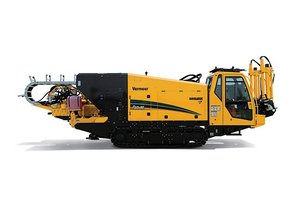
Rated RPM: 2200.0 rpm
Fuel Tank Capacity: 90.0 gal
Comparing Horizontal Directional Drill and Trenchers on various crucial parameters.
1.Jobsite with Obstacles
Horizontal directional drilling ensures quicker, safer, and cost effective installation if the jobsite has obstacles
If your jobsite features obstacles like roads, waterways, buildings, or pre-existing utility lines, then you would be better off without digging them up. You can eliminate the time and costs associated with digging up the obstacles, removing debris from the site, and then restoring them after the work is done. Using horizontal directional drilling, you can traverse long distances under waterways and other obstacles without having to run pipes under bridges or over the ground.
Since trenching involves the ground being cut open, it poses a safety hazard at jobsites in crowded areas. It is a general safety practice to stop activities around the jobsite in such cases. This further adds to the inefficiencies and increases the over all cost of the project.
2.Environmental Impact
Horizontal directional drilling minimizes the impact on the surrounding environment, making it a more sustainable option
The traditional trenching methods involve displacing copious amounts of earth which often disturbs the surrounding eco-system and increases the risk of soil as well as groundwater contamination. Trenching also requires the use of other heavy equipment like wheel loaders and dump trucks to move the soil. This further increases the carbon footprint of the project.
Horizontal directional drilling causes minimal surface disruption since the equipment creates a pathway under the ground. It also requires just one type of equipment i.e., the drill itself so the overall diesel consumption and fume emission is much lower as compared to trenching. If you are looking to install utilities without damaging the surrounding environment and creating a safer workspace for your crew, then horizontal directional drilling may be the right choice.
Check out these Vermeer HDD which can help you get the job done while reducing the environmental footprint.
3.Cost of Equipment
Upfront cost of a trencher is lower than that of a horizontal directional drill (HDD)
Trenching equipment is less expensive than a horizontal directional drill. If you are working on a jobsite which is relatively open with low to no obstacles and is remote, then trenching might be a good option. There might still be environmental issues and costs related to restoration, so it is advisable to look at the overall cost of installation rather than just the upfront cost of equipment.
4.Pipe Size
Trenching is more efficient for laying bigger pipes
Horizontal directional drilling may not be a suitable option for applications which require laying down large pipes. Trenchers are a more efficient and cost-effective option for applications like petroleum industry. Over the year, horizontal drilling technology has made significant progress and its capacity in terms of the pipes has gone up but it still lags behind trenching.
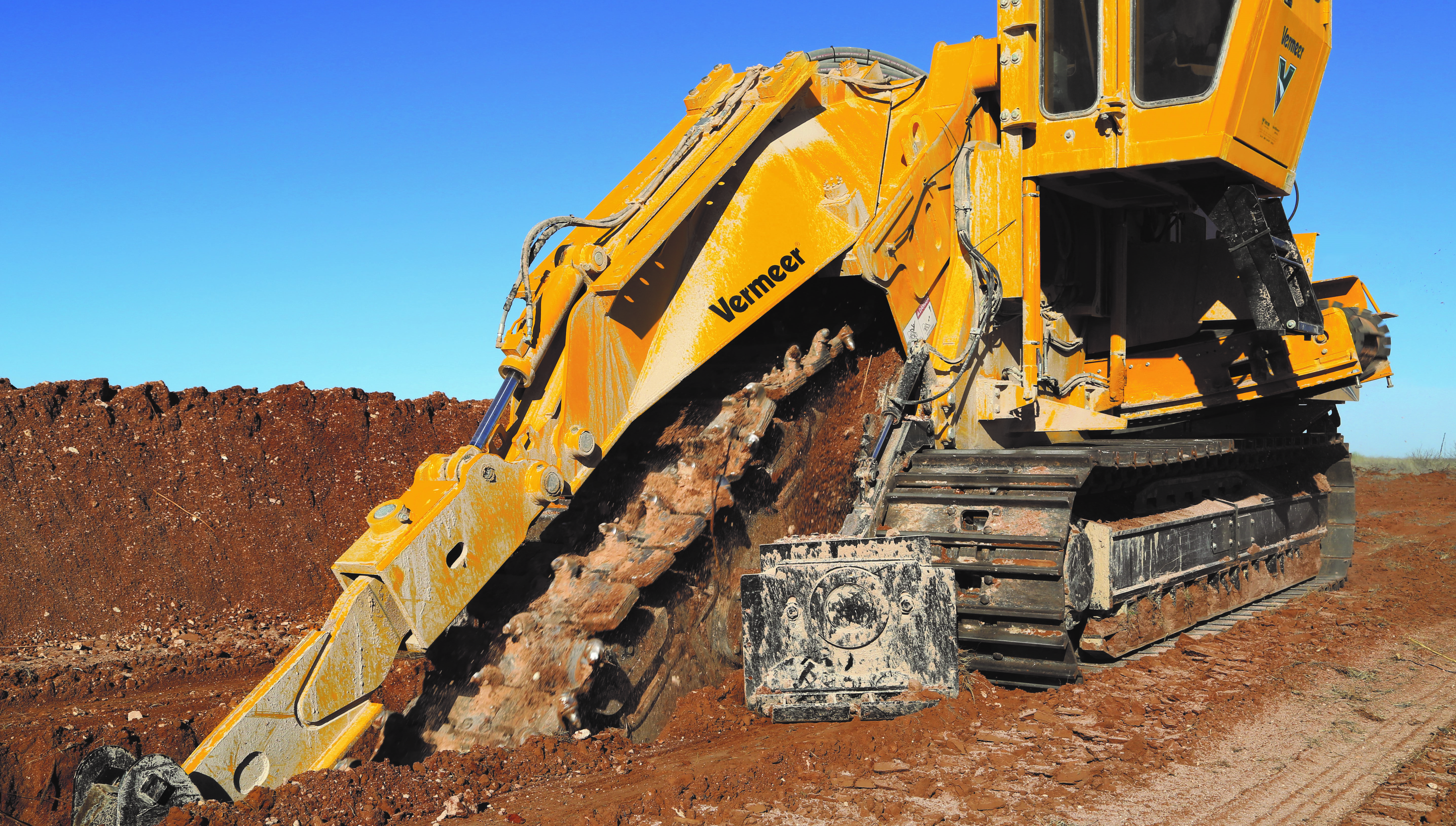
5.Flexibility
Horizontal directional drills are more versatile as they can go almost anywhere
Horizontal directional drills offer the flexibility to tackle any type of job because they are more maneuverable and do not require equipment like dump trucks to move earth. If you project often includes hard to access sites or sites with obstacles, then adding a horizontal directional drill to your fleet is a great idea.
6.Total Cost of Installation
Overall project cost may be lower with horizontal directional drills
It is critical to look at the over all cost of installation to get a holistic picture before you make an investment decision.
Let us compare the two techniques on vital parameters to understand the overall costs involved with using them.
| Parameter |
Horizontal Directional Drilling |
Trenching |
|---|---|---|
| Labour cost | Smaller crew required so lower labour costs |
Higher costs as a larger crew is required for a longer period to manage trenching, restoration, traffic in some cases |
| Cost of equipment | $$ | $ |
| Cost of other heavy equipment |
Low to zero cost as it does not require any significant supporting equipment |
Additional cost related to equipment like loaders and dump trucks to move the excavated soil and debris |
| Cost of restoration |
Negligible as there is minimal disturbance to the surrounding eco-system |
Cost related to fixing the damage caused at the site including filling the land, fixing the road or a pavement |
| Cost of disruption to activities |
No significant disruption to work in busy areas |
There can be significant disturbances to on-going activities leading costs like compensation to closed businesses and traffic management |
| Environmental Costs | Is an environment friendly technique |
Since it is less sustainable, there may be costs related to permits, penalties etc. |
| Total Cost of Project | $$ | $$$ |
Conclusion
In recent years, horizontal directional drills have become an equipment of choice for utility installations as they are more flexible, sustainable, and cost-effective. That said, trenching can be a suitable option in certain types of projects, especially for installing large pipes across long distances. You should thoroughly evaluate various parameters before deciding on the best technique for your needs.
Still have unanswered questions?
Reach out to one of our sales representatives today to be paired with the right business solution for you. Or walk into one of our four locations to speak to our team in person.

